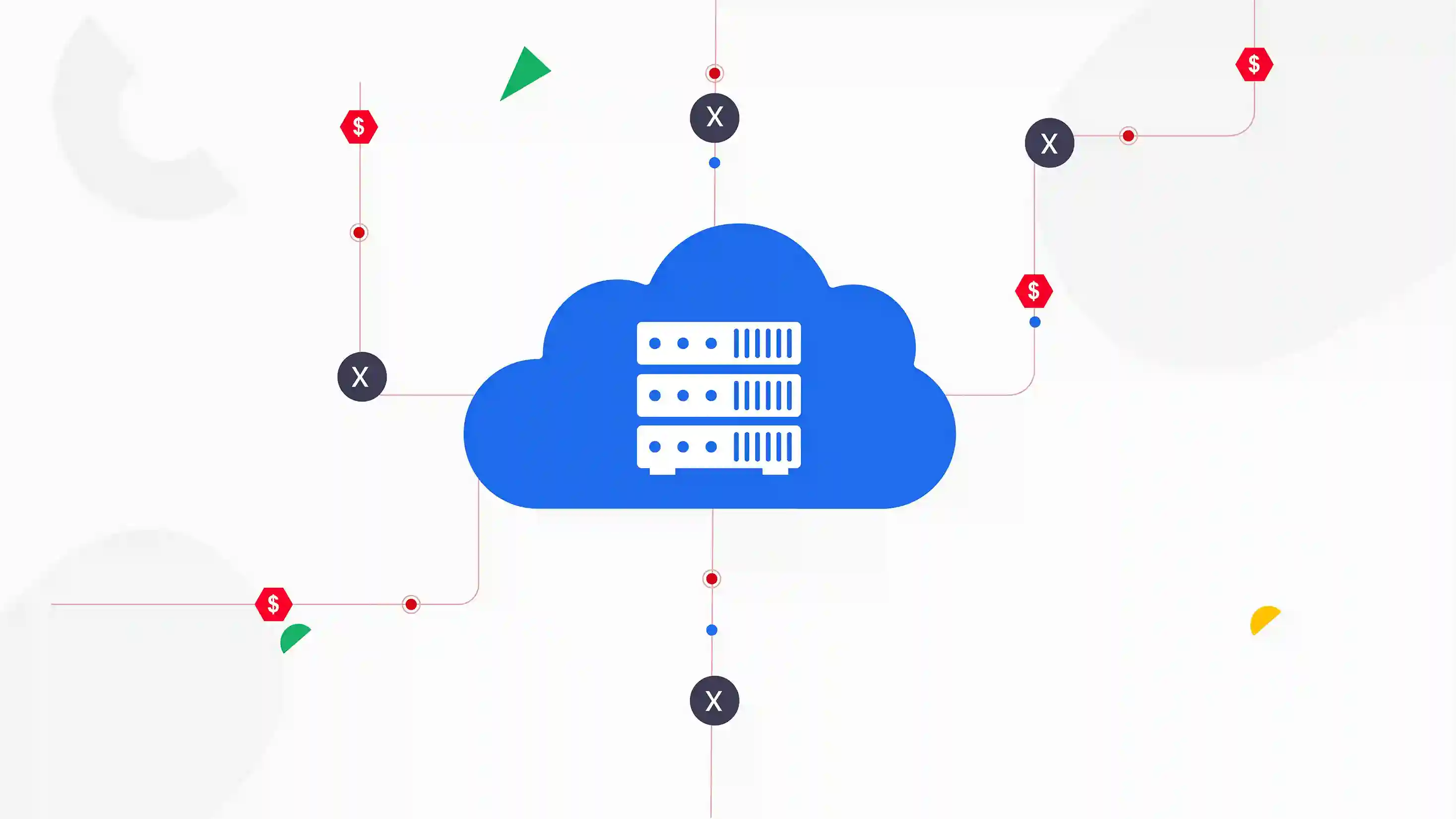Blogs Home
Understanding the Costs of a Cloud Disaster Recovery Failure and How to Avoid Them
Published on 18 Jan, 2023
2 min read

As more businesses move toward the cloud, it's important to understand the potential risks and costs associated with cloud disaster recovery failures. In today's digital age, a company's data is one of its most valuable assets, and losing access to that data due to a disaster recovery failure can be devastating. This article will discuss the costs associated with a disaster recovery failure and how to avoid them by implementing effective disaster recovery strategies.
Cloud Disaster recovery is an essential part of any organization's risk management strategy. In the event of a disaster, such as a natural disaster, cyber attack, or hardware failure, a strong disaster recovery plan can help ensure that critical business functions can continue with minimal disruption.
However, cloud disaster recovery failures can have serious consequences for organizations. In addition to the direct costs of the disaster itself, a failure of the disaster recovery process can lead to additional costs such as lost revenue, lost customers, and damage to an organization's reputation.
So, what are the main costs associated with a cloud disaster recovery failure, and how can organizations avoid them?
- Direct Costs: The direct costs of a disaster recovery failure include the cost of repairing or replacing damaged hardware and software, as well as the cost of any business interruption. These costs can be significant, especially if the disaster recovery process takes a long time.
- Lost Revenue: A disaster recovery failure can lead to lost income if an organization cannot continue normal business operations. This can be particularly damaging for organizations with a high reliance on technology, as even a short downtime can result in significant lost revenue.
- Lost Customers: A disaster recovery failure can also lead to lost customers, as customers may become frustrated with the disruption to business operations and switch to a competitor.
- Reputational Damage: A disaster recovery failure can also damage an organization's reputation. Customers and other stakeholders may need more confidence in the organization's ability to effectively manage risks and protect their interests.
So, how can organizations avoid these costs? Here are a few key steps:
- Develop a Cloud Robust Disaster Recovery Rlan: A strong disaster recovery plan is the foundation of a successful disaster recovery process. It should outline the steps that need to be taken in the event of a disaster and the resources and personnel required to carry out those steps.
- Test the Disaster Recovery Plan Regularly: It's important to periodically test the disaster recovery plan to ensure that it is effective and current. This can help identify any weaknesses or gaps in the plan and allow necessary adjustments.
- Use the Right Tools and Technologies: Leveraging the right tools and technologies can help improve the efficiency and effectiveness of the disaster recovery process. This includes cloud-based disaster recovery solutions, backup and recovery software, and data replication technologies.
- Train Employees: Ensuring employees are properly trained on the disaster recovery process is critical. This includes training on using the tools and technologies involved in the process and following the steps outlined in the disaster recovery plan.
By following these steps, organizations can help minimize the costs associated with a disaster recovery failure and ensure that they are prepared to effectively respond to disasters.
Want to Setup an Ironclad Disaster Recovery Strategy? Click here!
Join our newsletter
Sign up for the latest news about Wanclouds.